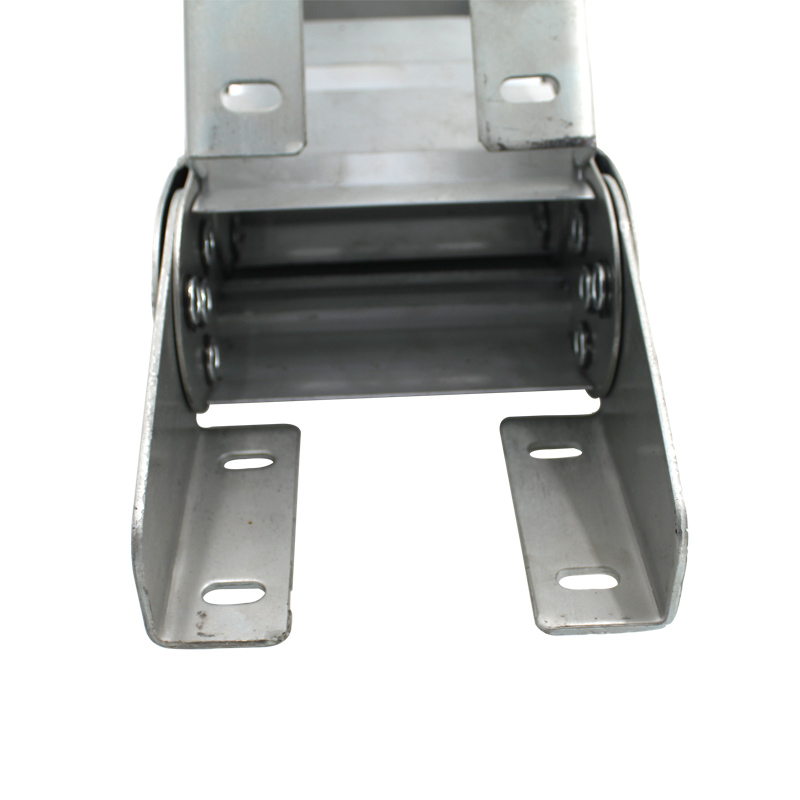synchronous drive
Understanding Synchronous Drive Systems An Overview
Synchronous drives play an essential role in modern automation, robotics, and industrial applications. These systems are designed to provide precise control and high efficiency, making them ideal for a variety of tasks where timing and synchrony are crucial. This article delves into what synchronous drives are, their operational principles, advantages, applications, and future trends in the field.
At its core, a synchronous drive system consists of a motor (typically an electric motor) and a controller that operates in unison to maintain a constant speed and position relative to a reference signal. Unlike asynchronous motors, where the rotor speed lags behind the magnetic field speed, synchronous motors operate at speeds directly proportional to the frequency of the electrical supply. This characteristic makes synchronous drives well-suited for applications requiring precision and consistency.
Operational Principles
The fundamental operation of a synchronous drive involves two main components the synchronous motor and the drive control technology. The synchronous motor has a rotor that rotates at the same speed as the rotating magnetic field produced by the stator. This is achieved by using permanent magnets or wound field coils on the rotor to provide the necessary magnetic field.
The control of these motors is often managed by a drive controller that adjusts the frequency of the input power, allowing for precise speed and torque adjustments. The controller also ensures that the motor remains in sync with the desired reference signal, making it possible to maintain accuracy even in complex systems with variable load conditions.
Advantages of Synchronous Drives
One of the most significant advantages of synchronous drives is their efficiency
. They can achieve higher efficiencies compared to asynchronous drives, particularly at high loads. This efficiency translates to lower energy costs and reduced heat generation, which can enhance the longevity of the system.synchronous drive

Another advantage is their ability to provide precise speed and position control. Synchronous drives can be programmed to maintain exact speeds and can respond rapidly to changes in load or operational demands. This precision is crucial in applications such as CNC machining, robotics, and conveyor systems where minor deviations can lead to significant errors or disruptions.
Applications
Synchronous drives are widely utilized in diverse industries. In automotive manufacturing, for example, they play a critical role in robotics used for assembly lines, where precision and repeatability are paramount. In the aerospace industry, synchronous drives are used in flight control systems, where reliability and accuracy can impact safety. Other applications range from textile machinery to food processing, demonstrating the versatility of these systems.
Future Trends
As technology continues to advance, the future of synchronous drive systems looks promising. With the rise of Industry 4.0 and the increasing need for smart manufacturing solutions, synchronous drives are expected to integrate more seamlessly with digital technologies. The implementation of artificial intelligence and machine learning will likely enhance the predictive maintenance capabilities of synchronous drives, leading to increased operational efficiency.
Moreover, as the emphasis on sustainability grows, synchronous drives, with their high efficiency and reduced energy consumption, will play an integral role in developing more eco-friendly manufacturing practices.
In conclusion, synchronous drive systems represent a vital component of modern automation technologies. Their ability to deliver high efficiency, precision, and robustness makes them invaluable in industrial applications. As technology evolves, we can expect further innovations that will carve out new possibilities for synchronous drives, solidifying their role in the future landscape of automation and control systems.








